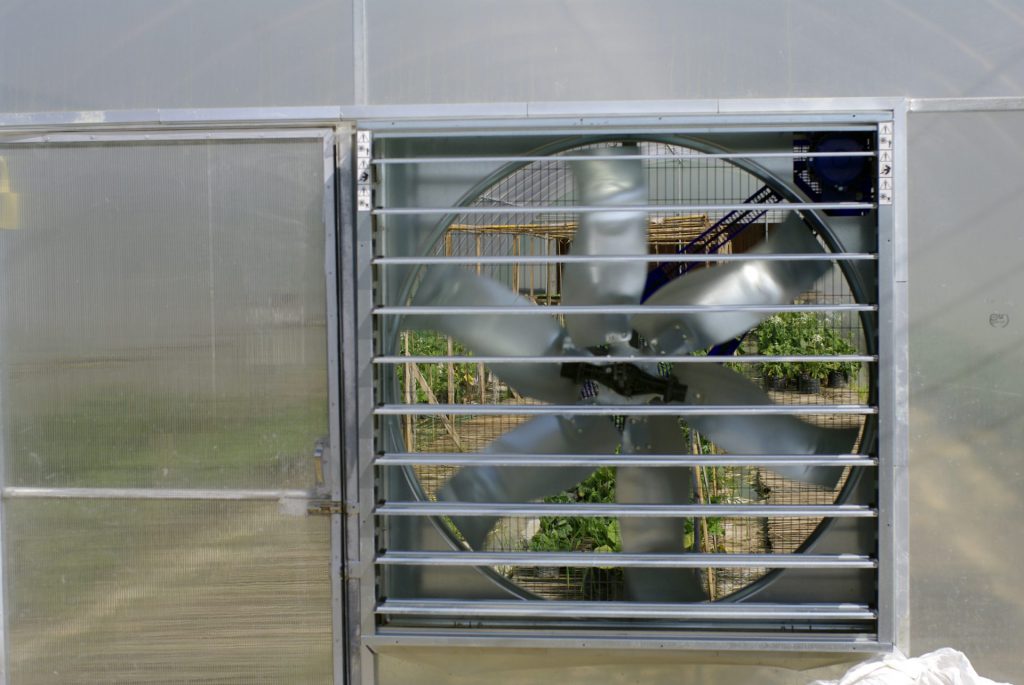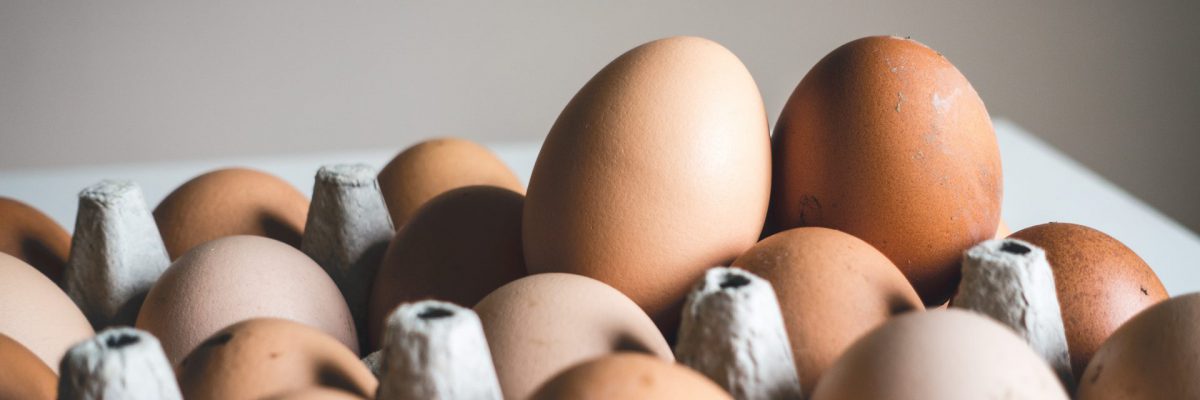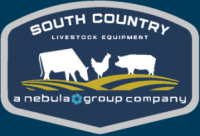How to Calculate the Proper Ventilation Requirements for Poultry Farms

Avoid the dangers of improper ventilation for your chickens
Chances are you didn’t go into poultry farming because you wanted to take Math 12, round 2. So, that makes all those numbers and variables that go into calculating ventilation requirements for poultry farms very disheartening. This is especially true when you consider the results of having too little, or too much, ventilation.
The problem with not moving your air
Still, stuffy air causes many problems in a barn – from reducing production, to compromising the structure itself. Whatever specific problem poor ventilation causes, the end result will be seen in lost revenues for you, the farmer.
Humidity
As birds are watered, they transfer a staggering 80% of that moisture back into the air around them. If you don’t find some way to move that moisture-laden air out of the building, it can quickly cause havoc with the health of your chickens. Wet/damp litter can lead to pododermatitis or ‘bumblefoot,’ which can cause lameness or even death. Excess humidity also leads to ammonia build-up, which we’ll tackle later on in this post.
Temperature
Without proper ventilation, the temperature in chicken barns can rise to near unbearable levels, leading to heat stress that cause an array of detrimental effects on chickens.
Heat stress can:
- Reduce growth
- Reduce egg production
- Decrease egg quality
- Decrease the quality of life for chickens
Ventilation helps even out the heat inside the barn in both winter and summer, keeping your hens healthy and laying/growing.

Air Quality
Without proper air movement, dust, carbon dioxide and ammonia can build up in the barn. This is detrimental to the health, and productivity of your chickens. Ammonia, in particular, is known to slow the growth of chickens, and also decrease the productivity of laying hens.
Structural damage
Besides harming your flock, improper ventilation leads to moisture build up in your barn, which will eventually cause rot. An excessively humid barn has a much shorter life-expectancy, and if left unchecked, excessive humidity can even cause catastrophic failures, such as a roof collapse. This can kill your livestock, put workers at risk, and cost you a pile of money to repair the damage and make up for decreased production.
Calculating the proper ventilation requirements for your poultry farm
The ventilation required for your barn depends largely on the size of the barn, the number of birds in it, and the climate of your area. For reference, we’ve compiled a chart based on 100 hens in a 150 sq/ft barn.
| Outdoor conditions | Indoor Conditions | C.F.M needed to move moisture | At X R value of barn | ||
| Temp., C° | Relative Humidity | Temp., C° | Relative Humidity | ||
| -29 | 90 | 4 | 60 | 45 | 24 |
| -23 | 90 | 4 | 60 | 48 | 18.3 |
| -18 | 80 | 4 | 60 | 52 | 9.1 |
| -12 | 80 | 10 | 60 | 54 | 9.9 |
| -6 | 80 | 10 | 60 | 67 | 6.1 |
| -1 | 80 | 10 | 60 | 110 | 4.5 |
| 12 | 60 | 15 | 60 | 404 (primarily for heat removal | 4.5 |
Source:
http://publications.gc.ca/collections/collection_2015/aac-aafc/A53-1129-1962-eng.pdf
Keeping track of temperature and humidity
The easiest and most effective way to ensure your barn remains at the optimal heat and humidity is to constantly monitor both. Today, we have the technology to keep tabs on every inch of a barn remotely. That means having both thermometers and hygrometers (or humidity meters) in your barn to monitor it in real time. Generally, chickens thrive at 50% – 70% relative humidity, at 18-25 degrees celsius.
Call SCLE today to get your poultry barn up and running with the proper ventilation
With how technical poultry ventilation requirements are, it pays to know someone with all the answers – like SCLE. We’ve been designing livestock barns and supplying the right equipment to hog and poultry farmers for over 40 years, so we know how to get your barn on track and properly ventilated.
For more information on how to calculate the proper ventilation requirements for your poultry barn, contact SCLE today.
